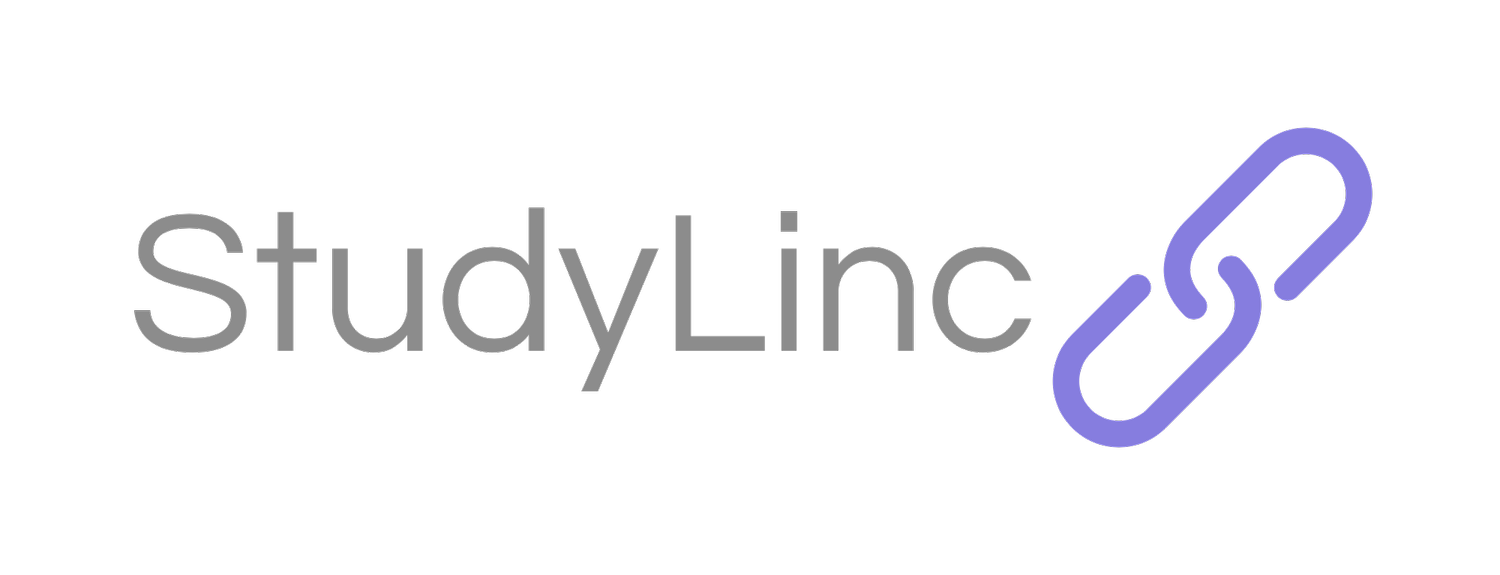Solution-Focused Brief Therapy (SFBT) focuses on identifying solutions and building on strengths rather than dwelling on problems.
A short-term approach
Focused on change
Change is generated from the client
Client learns that change can occur in multiple ways
The client takes the lead in developing options, not the therapist
Assumptions of SFBT
The problem has little to do with a solution
The solution is more than the mere absence of the problem
Focus on solutions, not problems
Focus on the here and now
The elements of a solution are already present in the client’s life
Emphasis is on, articulating, the desired life, instead of understanding the development of problems
Often around six sessions are needed
Four Core Principles of SFBT
Building rapport through empathy
Rolling with resistance. A.k.a. dancing with the client.
Developing discrepancy. I.e. Developing the contrast between where the client is, and where they want to be.
This process will be gradual
The person’s guiding values are useful in developing goals
Supporting the self-efficacy of the client to execute the necessary behaviours to achieve their goals
Start with ‘Change Talk’
Scaling
Move to ‘Strategy Talk’
Strengths of SFBT
Can be used in combination with other psychiatric treatments to alleviate stress in clients with major psychiatric conditions
Most effective on child, behavioural problems when used as an early intervention
Has been successfully used in treating addiction for substance abuse
Limitations of SFBT
Ineffective, if the therapist is not prepared or able to let go of their mentality of expertise
Can be frustrating if the solution to the client’s problem is outside of their influence
A client may want to discuss factors outside of their control
On a scale of 0 to 10, rate how important it is to you to change ‘X’ where 0 is not important at all, and 10 is extremely important?
Why are you at ___ and not a lower number?
What might happen to move you from ___ to a higher number?
How confident are you that you could make the change required if you decided to?
Move to ‘Solution Talk’
The Miracle Question…
Reduce the gap between Change and Strategies
Works on creating new goals and preferred outcomes
Questions include:
What will be the first sign of things getting better?
How do you want things to be?
What will others noticed about you?
Hi, what will you be doing differently?
Collaborative action, planning and implementation
Utilise clients existing abilities
Start with small changes
Stay solution focused
Check that all actions move you towards stated goals
Summarise progress and set homework tasks






